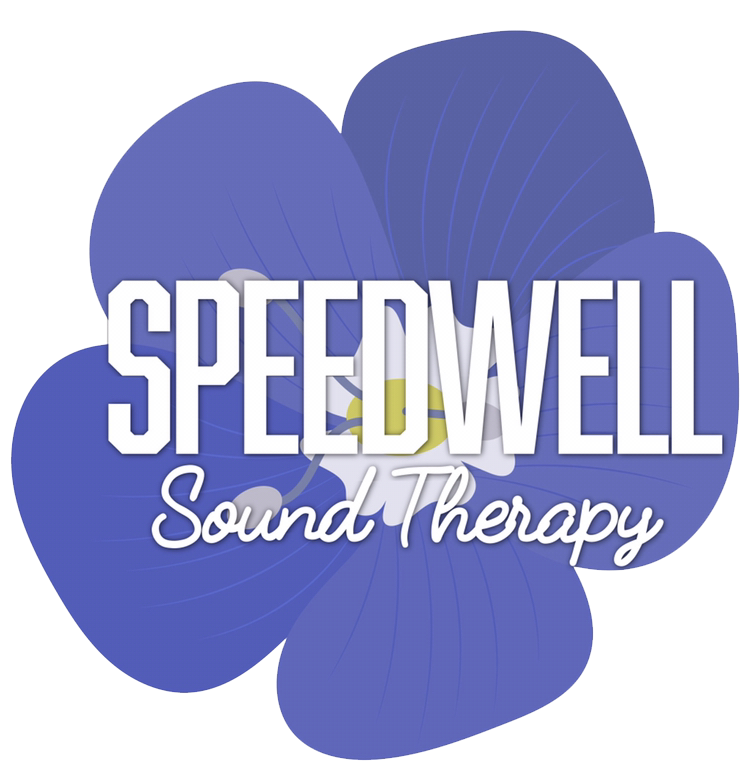What is a Sound Bath or a Gong Bath?
It is now widely accepted that most illness is stress related. Therefore treatment methodologies that promote relaxation and help reduce stress can be a very effective way to prevent and treat illness.Sound or Gong bathing is a type of inactive meditation, where you “bathe” in the healing vibrations of sound. Using sound as a form of healing dates back to ancient cultures. These types of baths are highly rejuvenating for the body and bring about an overall sense of relaxation, which can reduce stress as well as help develop a better ability to cope with stress, help move emotional blockages from trauma, reduce pain, and even stimulate altered states of consciousness.I specialise in combining instruments in a specific way to influence brainwave frequencies, enabling a person to enter an altered state of consciousness (ASC) similar to very deep relaxation or meditation. In this state many different therapeutic process occur which will be explained further in the research section below.These sessions can be used for pure relaxation or can be used as a therapeutic reflection session.A typical Sound Bath set up
What is the difference between a Sound Bath and a Gong Bath?
Sound Baths involve the use of Gongs, himalayan and crystal bowls and therapeutic percussion instruments.Gong Baths involve gongs and therapeutic percussion instruments only.Fee.
This depends on the amount of people in the Group, travel, hire of room, any overnight costs and start at £200.00 per 2 hour session.
A typical Gong Bath set up
What you provide.
The venue, the advertising, the guests and any refreshments you wish to provide. Optional - mats and blankets.
You must ensure the Guests view the Contraindication sheet.
Contraindications
If you are pregnant (1st Trimester), epileptic, had a recent operation, metal plates in the body, suffered a stroke, have a serious mental health diagnosis, or have any medical complaint that you may feel I need to consider please let me know so I can assess your needs or suitability for a soundbath or if in doubt seek advice from your GP before booking.
What to expect.
In these sessions you lie down on a mat and get cosy with your favorite blanket and pillow (or sit if preferred). You are then settled into your space with a guided meditation followed by a 50 minute sound experience with the healing vibrations of various sound healing instruments such as Gongs, HImalayan singing bowls, Crystal bowls and percussion instruments such as rattles, shakers, rainsticks. Once the session concludes we finish off with a grounding herbal tea.
What I provide.
I provide the decorations for a candleit room, create the ambience with incense and background music and bring all the Sound Therapy equipment required for the Sound/ Gong Bath.
For a free 20 minute consultation to discuss your group needs contact me here.
What your Guests may need to provide.
Unless you are providing the mats and blankets then your guests will need to bring their own mats, and then whatever they need to make a cosy bed for themselves. Some people bring a yoga mat, thin mattress, sleeping bag to lie on then you need a top layer such as a quilt or blankets. They need a pillow, eye mask if preferred, and wear loose warm clothing. Some people bring crystals to place upon themselves.
Research papers
The BAST method of sound therapy is very effective at reducing stress (2). It also enables an individual to relax deeply, achieving an altered state of consciousness similar to deep meditation (4).
Research undertaken at BAST (and also independently) has shown that our methodology is 16% more relaxing than conventional relaxation music (1), 6% more relaxing than other treatments such as massage (1) and, on average, 64% more relaxing than other general relaxation methods (2).
Sound therapy is also extremely effective with regard to group and community work – our research has consistently shown positive benefits with regard to community sound work. (3)
1. Research undertaken at Mindlab, Sussex University
2. Research by Cook, R (2003), The Effects of a BAST Sound Therapy Session on the Autonomic Nervous System
3. Research by Cooper, L (2009), Introducing the Therapeutic Sound in Schools Programme (TheSiS)
4. Research by Cooper, L (2013), Sound Affects – the effect of therapeutic sound on consciousness.







